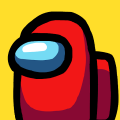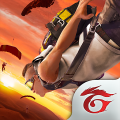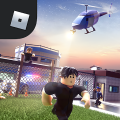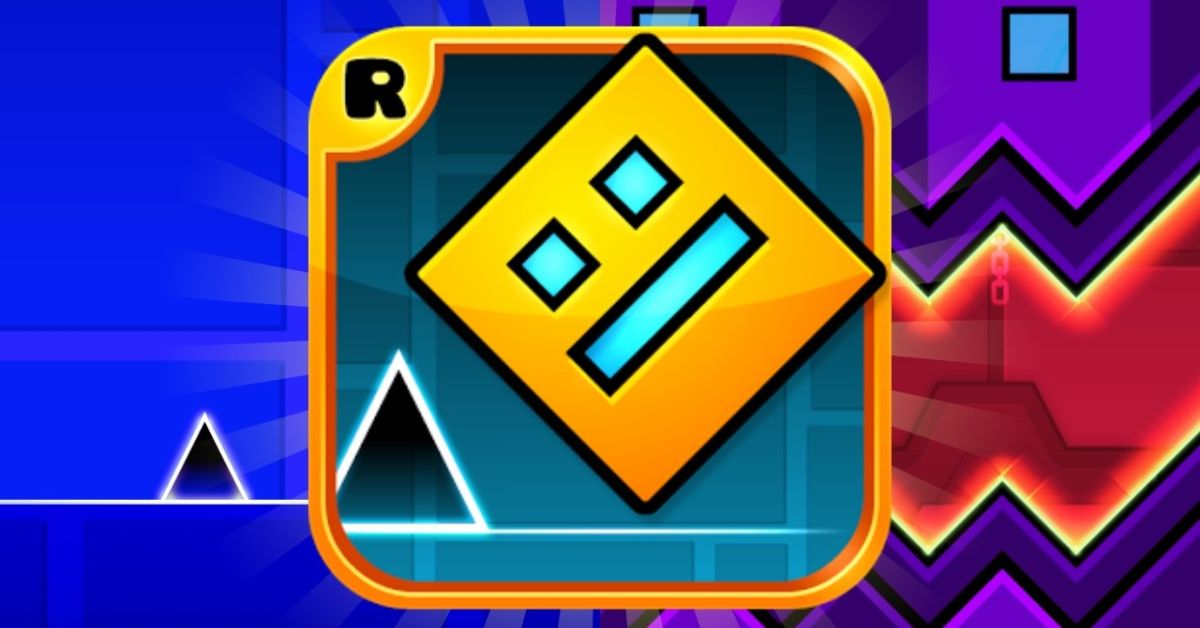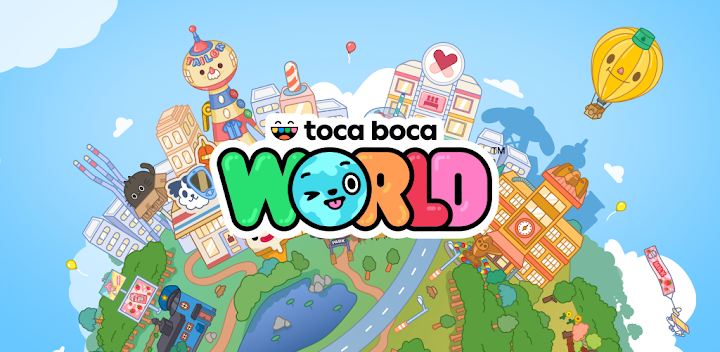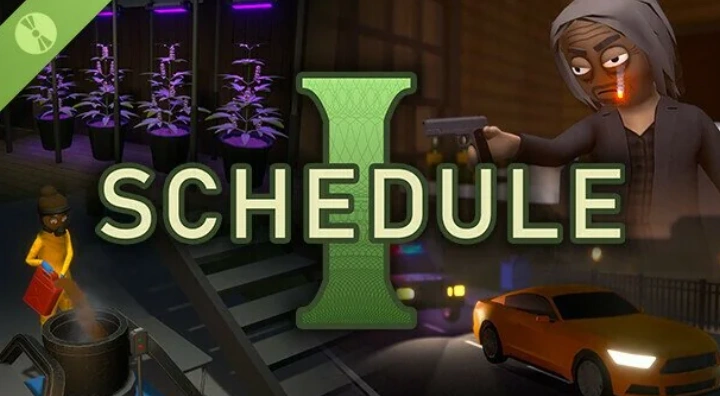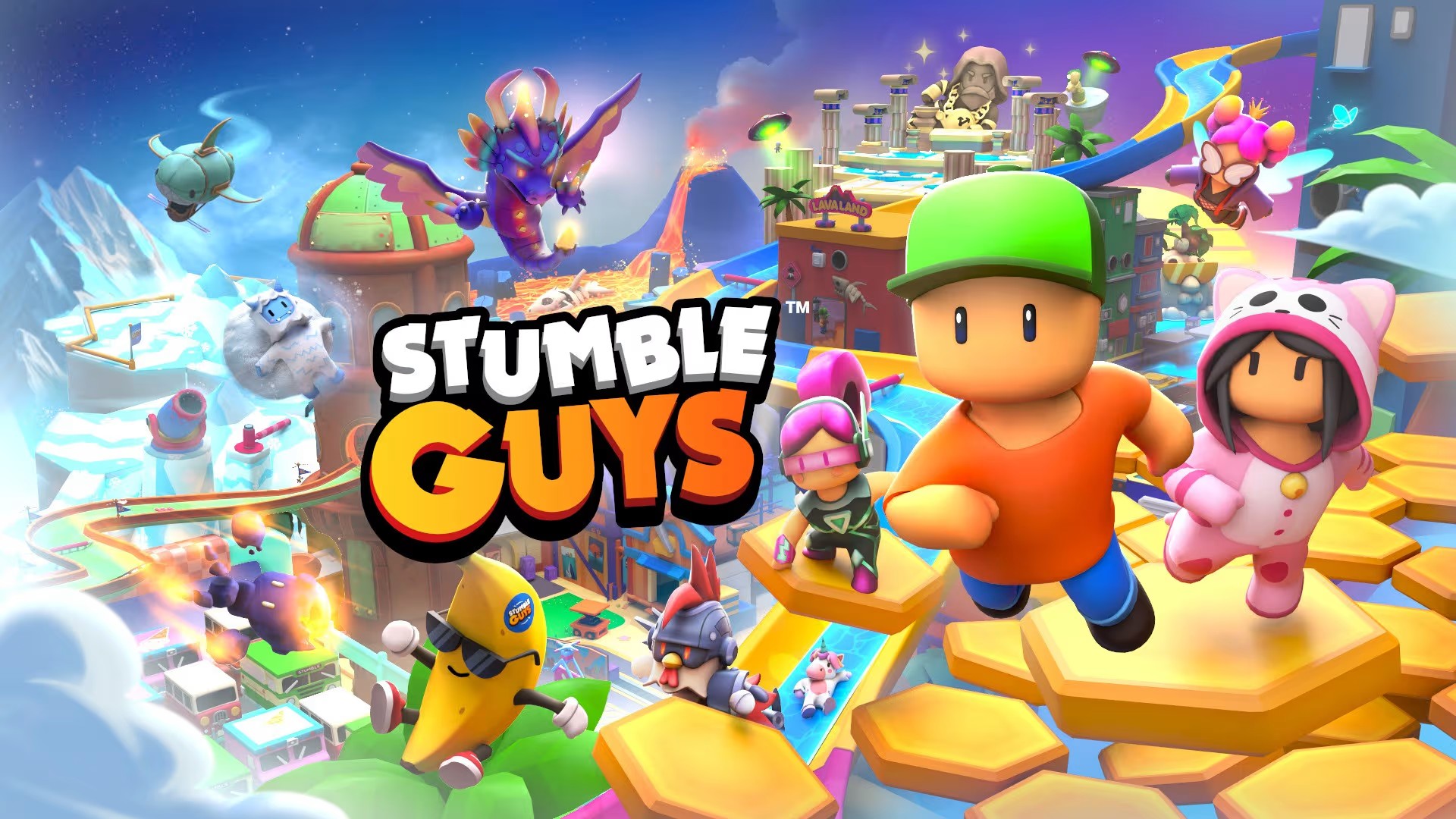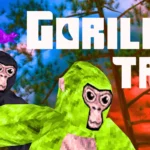Popular Now
Introduction
Geometry Dash, released in 2013 by RobTop Games, is a rhythm-based platformer that turned a simple one-touch mechanic into one of the most beloved indie games ever. Its colorful visuals, precise gameplay, and powerful level editor created a thriving global community of creators and players. But despite this success, the game has suffered from a growing problem that threatens its long-term health: the prolonged and unpredictable delays between updates, especially with the infamous wait for Update 2.2. This article examines how the slow development cycle, lack of transparency, and increasing developer silence have created frustration, fractured the player base, and stagnated one of the most passionate communities in gaming.
The Rise of Geometry Dash and Early Updates
Geometry Dash gained popularity quickly after its release, and RobTop followed with rapid early updates. Within a year, players received versions 1.2 through 1.9, introducing new levels, game modes, icons, and editor features.
These updates kept the community engaged, especially as the level editor became more powerful. Creators pushed boundaries with custom levels, and RobTop responded with tools that encouraged even more creativity.
At this stage, Geometry Dash felt alive — a game constantly evolving, with an accessible and responsive developer.
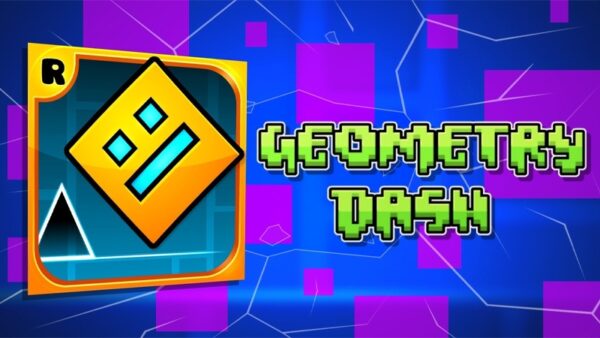
The Beginning of the Slowdown: Update 2.0 and Beyond
Things started to change with Update 2.0, released in August 2015. Though it was the most ambitious update yet, featuring moving objects, triggers, and new gamemodes, the development time was noticeably longer — about a year.
Players accepted the delay due to the update’s quality, but it set a new standard for wait times. Updates 2.1 and the now-mythical 2.2 took even longer, with 2.1 arriving in January 2017 — nearly 18 months later.
This marked the beginning of a painful pattern: as updates became more complex, development slowed drastically, and communication dwindled.
The 2.2 Black Hole
Update 2.2 has become a meme and a source of tension in the Geometry Dash community. Originally teased shortly after 2.1’s release, 2.2 has now taken over seven years to fully arrive, with only sneak peeks, screenshots, and ambiguous Q&A answers keeping players hopeful.
Why 2.2 matters so much:
-
It introduces a new platformer mode, camera controls, UI overhaul, and multiplayer.
-
The editor will receive massive improvements.
-
It’s meant to be a new foundation for future updates and creator freedom.
However, the lack of a consistent roadmap, dates, or detailed changelogs has turned anticipation into fatigue.
Community Reactions: From Hype to Frustration
Initially, players were excited — RobTop’s teasers were cryptic but hopeful. But as years passed with only minor progress shown, optimism turned into skepticism.
Common frustrations include:
-
Teasers without timelines
-
Broken promises on release years
-
Lack of beta testing or developer blog updates
-
Silence during critical community moments
Major influencers and content creators began posting parody videos and memes like “2.2 will come out next decade,” symbolizing the community’s growing cynicism.
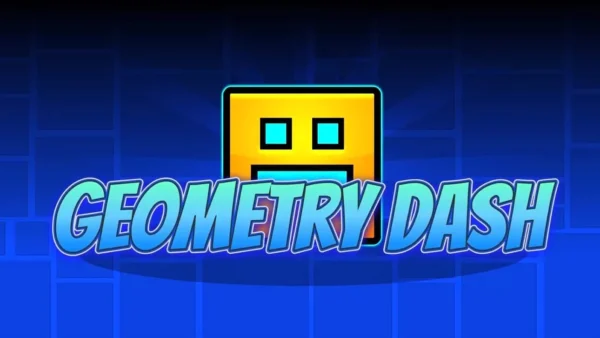
The Creator Freeze: Stagnation in Level Design
Geometry Dash's backbone is its user-generated levels. But with no update for years, many creators feel frozen. They can’t use the new tools promised in 2.2, yet they’ve exhausted most of the possibilities in 2.1.
As a result:
-
Level innovation plateaued, with reused design styles
-
Creator motivation dropped, especially among high-skill editors
-
Only a few creators remained active, keeping the scene alive with mega-collabs or extreme demon projects
Without new mechanics, many feel their best ideas must wait — which often leads to burnout or departure.
The “Top Players” Exodus
The competitive side of Geometry Dash — especially extreme demon completions — relies on active players grinding new, challenging levels. But even this aspect has suffered due to update stagnation.
Top players left the game due to:
-
Burnout from constant repetition
-
Lack of new official content
-
Frustration with the state of the game’s performance, bugs, and editor limitations
While lists like the Demonlist continue to evolve, they now do so in isolation from official updates — making the competitive scene feel separate from the base game.
RobTop's Silence: A Communication Breakdown
Unlike major studios with community managers and regular patch notes, RobTop operates Geometry Dash mostly solo. While his dedication is admirable, it creates a massive communication gap.
Issues with developer communication:
-
No official update blogs or forums
-
Reliance on Discord Q&As or Twitter replies
-
Teasers dropped without clarification
-
Unclear development priorities (e.g., mobile vs. Steam release first?)
Without clear communication, fans are left to speculate, argue, or create false narratives — damaging trust and community cohesion.
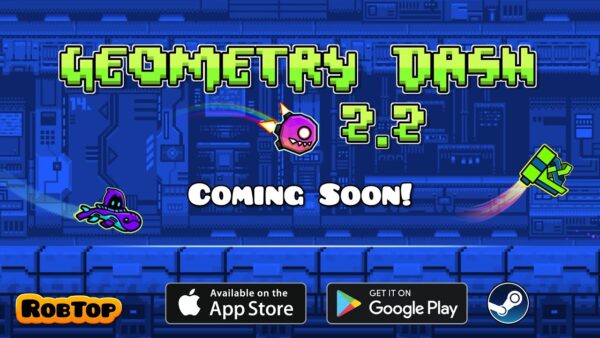
Fan Projects and the Rise of Private Tools
In the absence of updates, the community began creating unofficial tools to keep the game fresh. These include:
-
GDPS (Geometry Dash Private Servers): Custom environments where fans can test new mechanics.
-
Custom editors and mods: Allowing fake “2.2” style gameplay.
-
Texture packs and enhancement mods: To update visuals or UI
While impressive, these fan solutions only exist because of the void left by RobTop — and they highlight how hungry the community is for innovation.
The Hype Bottleneck: When Anticipation Becomes Risk
Update 2.2 is now so overhyped that it’s almost impossible to meet expectations. Years of teasing have ballooned its perceived scale.
Risks include:
-
Bugs or performance issues at launch
-
Criticism if the new features feel outdated by modern standards
-
Failure to reignite interest due to the prolonged burnout
This "No Man’s Sky" effect — when years of hype overshadow reality — could make 2.2’s release a make-or-break moment for the game’s legacy.
What Needs to Change Going Forward
RobTop has confirmed 2.2 will enable more frequent future updates due to backend restructuring. But for Geometry Dash to thrive again, structural and community reforms are essential.
What the community needs:
-
A developer roadmap or blog
-
Beta testing programs
-
Clear, recurring communication
-
Transparency on delays and priorities
-
Potential studio expansion or support team
It’s not too late for Geometry Dash to grow. But it must evolve beyond the “one-man dev” model if it wants to maintain relevance.
Conclusion
Geometry Dash is a brilliant, community-driven game crippled by slow updates and a lack of development transparency. Update 2.2, while exciting, has taken too long — and its delay has caused a ripple effect across the entire ecosystem of players, creators, and competitive grinders.
The community has shown unmatched patience and creativity, keeping the game alive with unofficial tools and perseverance. But without a major shift in how the game is developed, communicated, and maintained, Geometry Dash risks fading into stagnation — remembered not only for its levels, but also for how long it took to evolve.
